The French National Institute for Preventive Archaeological Research (INRAP) discovered a cemetery with more than 80 graves near Lac du Bourget, Savoie province.

Illustration of a skeleton buried in the ground. Photo: iStock/Getty
The cemetery likely dates back to the Merovingian period, around the 7th century, Newsweek reported on June 29. It is the largest and most important cemetery ever excavated in Savoy. The Merovingians were a Frankish dynasty that ruled from the mid-5th century to 751. King Clovis I of this dynasty began to convert to Christianity around 500.
The archaeologists found that the skeletons inside the tomb were facing east, which is believed to be part of the Christian burial ritual of placing the dead facing Jerusalem. This was a shift from the practice of burying multiple people in the same grave in previous years.
"The arm bones are slightly raised and directed inwards. There was definitely a wooden wall holding the deceased in an unstable state of balance," said Jean-Luc Gisclon, an archaeologist and anthropologist at INRAP.
The team of experts also discovered that the skeletons were buried with very few belongings, and not even much clothing. Therefore, they believe that the dead were stripped naked before burial.
"There were some clothes and decorations, but they were really insignificant compared to the number of dead. This makes it difficult to determine their social class. Whether rich or poor, old or young, they were all stripped before death," said Julien Blanco, another archaeologist and anthropologist at INRAP.
INRAP scientists hope to study the cemetery in Savoie further and use what they find to learn more about the ancient people, including their beliefs and daily lives.
Thu Thao (According to Newsweek )
Source link


![[Photo] "Beauties" participate in the parade rehearsal at Bien Hoa airport](https://vstatic.vietnam.vn/vietnam/resource/IMAGE/2025/4/11/155502af3384431e918de0e2e585d13a)



![[Photo] Looking back at the impressive moments of the Vietnamese rescue team in Myanmar](https://vstatic.vietnam.vn/vietnam/resource/IMAGE/2025/4/11/5623ca902a934e19b604c718265249d0)

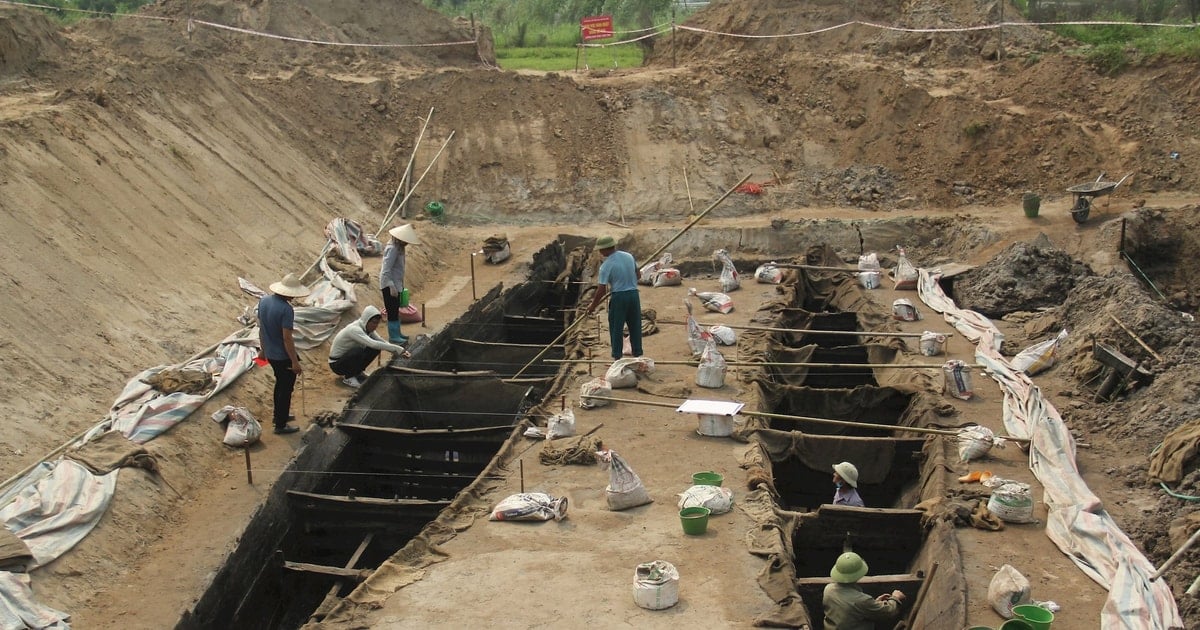

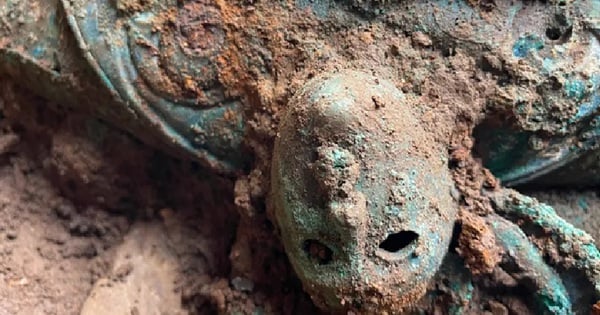

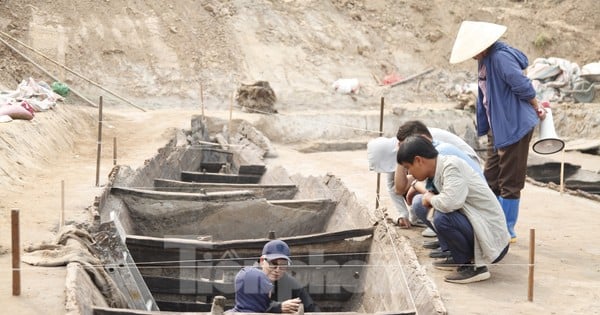

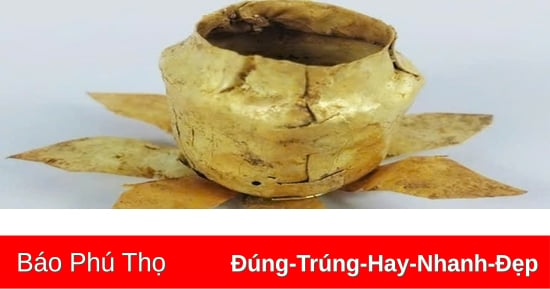

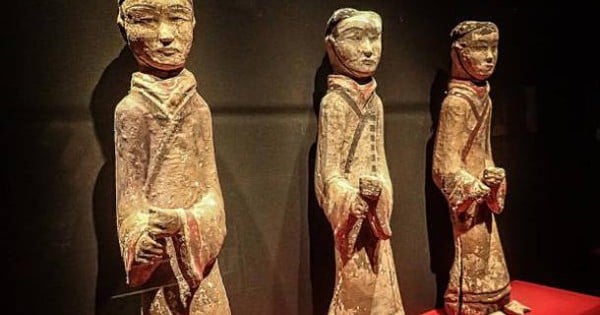
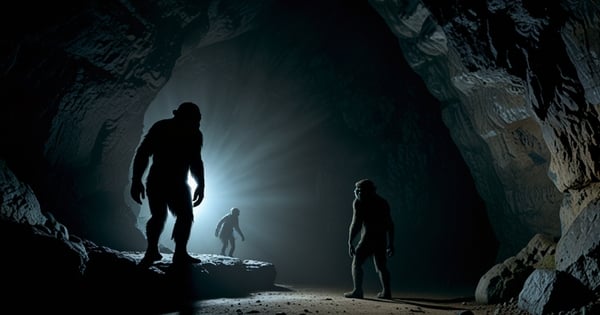



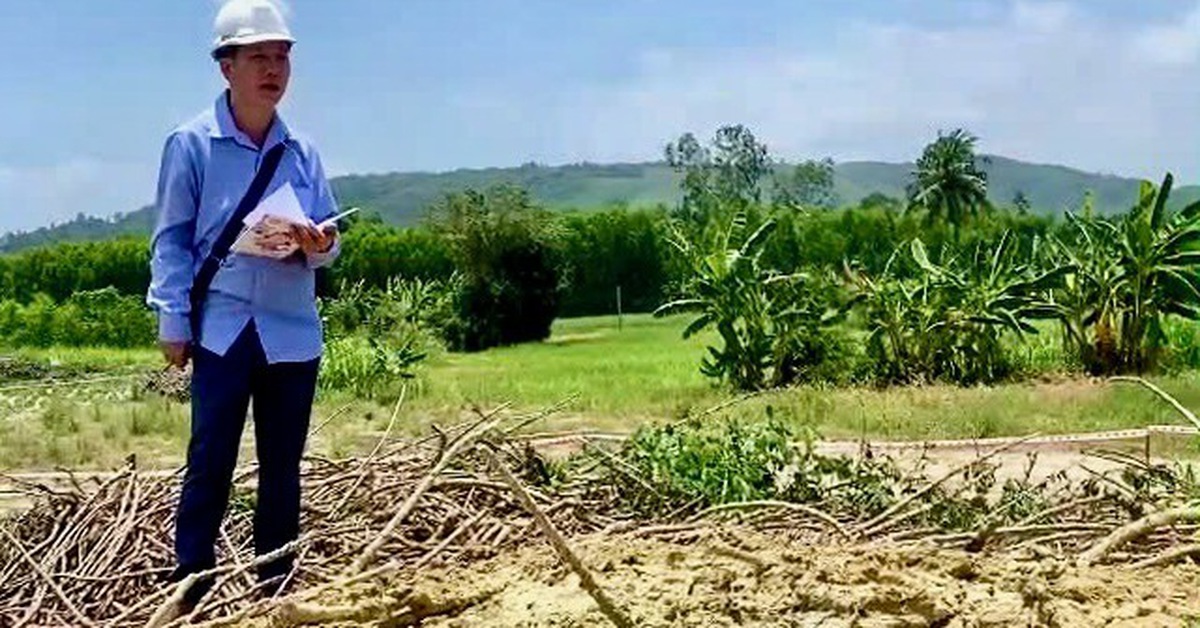

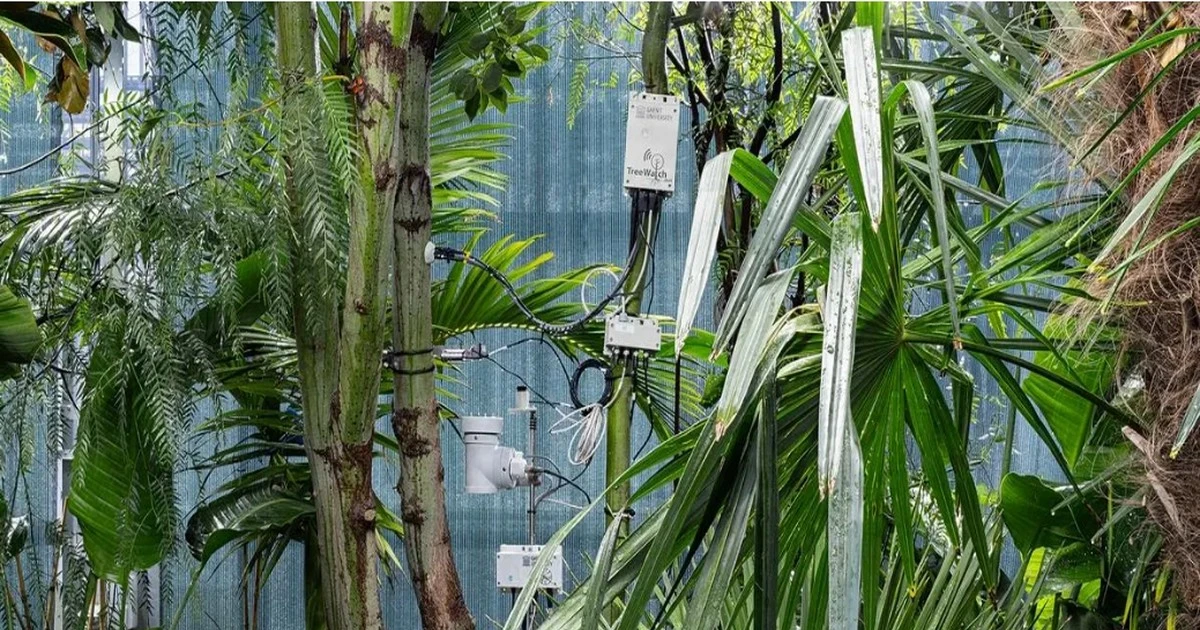









![[Photo] Summary of parade practice in preparation for the April 30th celebration](https://vstatic.vietnam.vn/vietnam/resource/IMAGE/2025/4/11/78cfee0f2cc045b387ff1a4362b5950f)
















































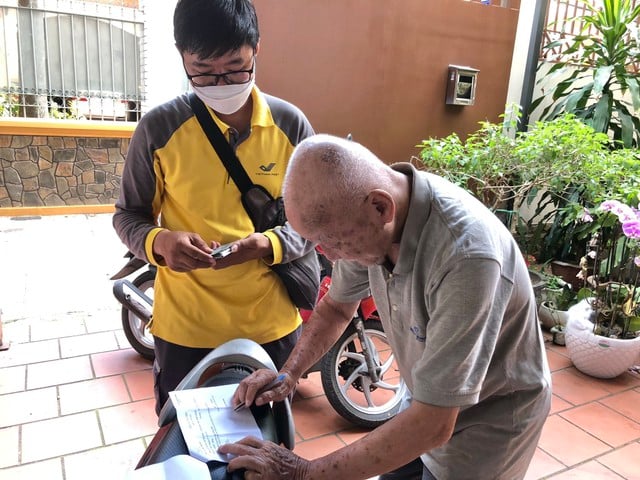









Comment (0)